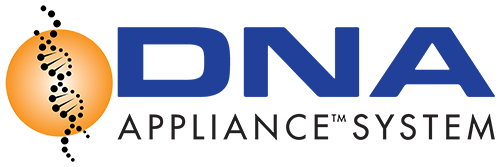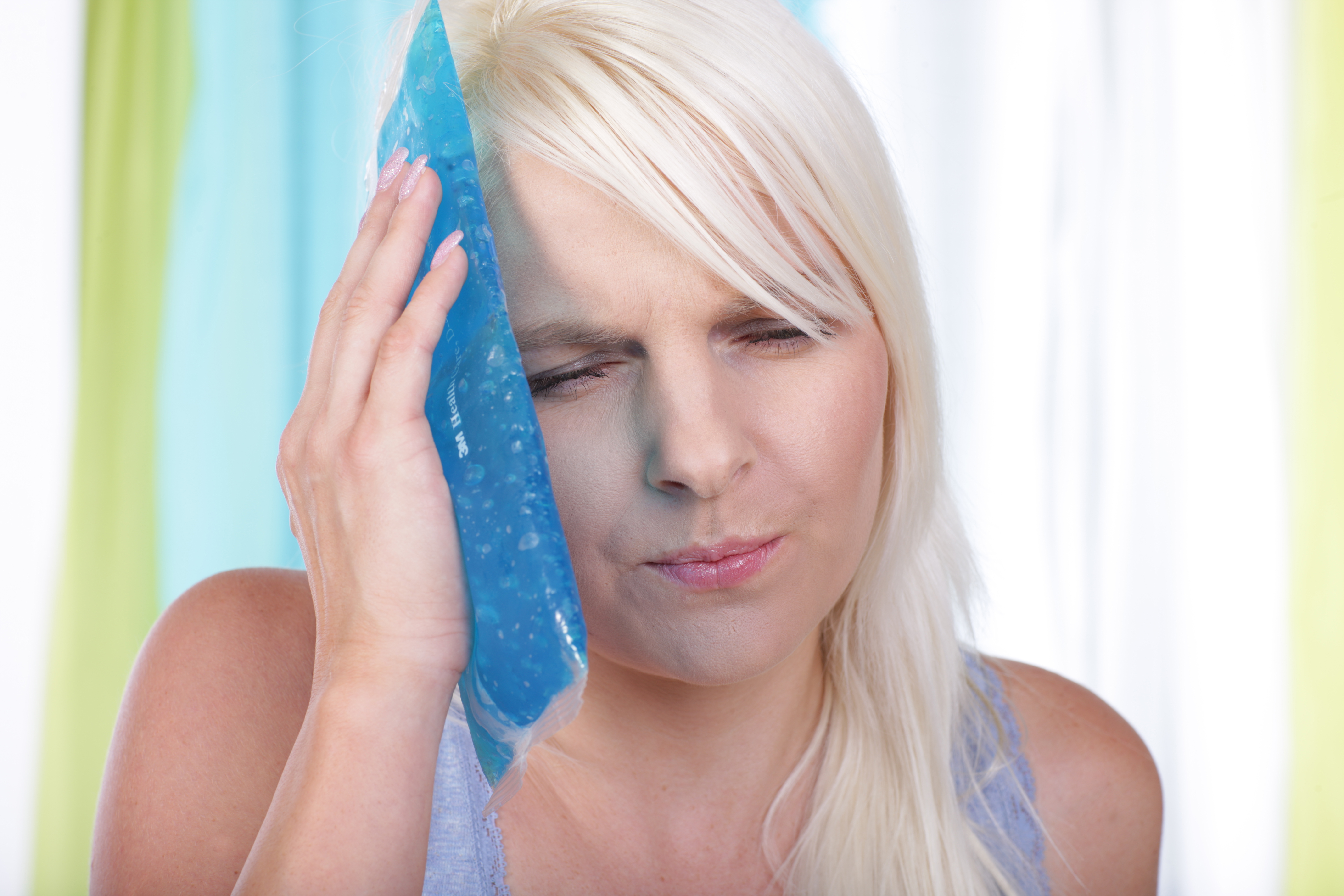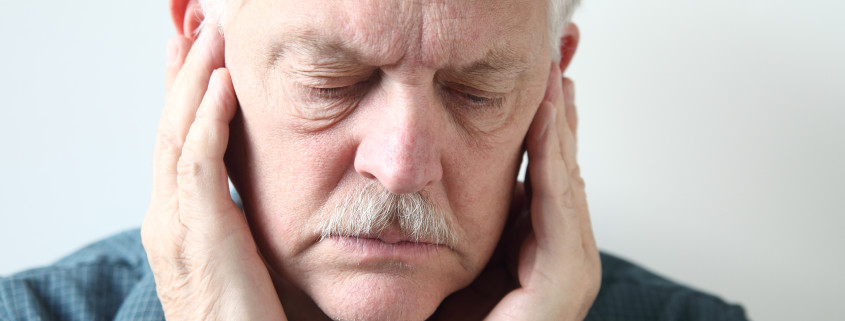What Are the Effects of Teeth Grinding?
Many people around the world suffer from teeth grinding and are usually unaware of their habit. While there are symptoms that you can look out for as signs of teeth grinding, there are usually other factors involved causing you to grind your teeth. As with other dental issues, dental health and overall health are very connected with one dependent on the other and vice versa. So we want to take a look at what causes teeth grinding in the first place and what can we do to control it or ease the symptoms?
Causes of teeth grinding
Grinding your teeth is usually accompanied by increased stress or anxiety. This happens to people of all ages. If you have a lot of stress or anxiety in your life, you could be grinding your teeth and not even realize it. While most of us do grind our teeth occasionally, it really becomes an issue if it is a constant habit, causing oral health problems.
Symptoms of teeth grinding
Since most harmful teeth grinding occurs during sleep, it can be hard to tell if you have an issue. The most common symptoms to keep and eye out for are headaches, sore jaw muscles, tooth sensitivity and others.
Effects on dental health:
Teeth grinding can cause serious dental issues and it can do damage to previous dental care. Grinding can cause wear on tooth surfaces, chips or cracks in the teeth, increased tooth sensitivity, tooth loss, gum recession, dental decay, and more.
So how can we treat it?
Some home remedies can be to reduce your stress and anxiety. Try to calm down and relax. Learn to give your jaw a break. You can massage the jaw muscles to release tension or use a warm wash rag to hold on your jaw to help relax the muscles. In addition to these, it is highly recommended that you see your dentist right away if you are experiencing teeth grinding. It is best to catch the issue early and do the least amount of damage possible.
If you or someone you know is experiencing teeth grinding, take a closer look at the issue and try to prevent any further damage. If you have and concerns or if you would like to schedule an appointment with us for your teeth grinding, give us a call. We look forward to helping you get back on track and get your teeth looking as healthy as can be.


 Did you know that 27.4% of Alaskans are sleep deprived?
Did you know that 27.4% of Alaskans are sleep deprived?




